http://www.lorettamae.com/Shadows
Picture credit and link - http://www.lorettamae.com/Shadows
My fear of failure many times grips me deep in the quiet of the night. It seems that as the day’s defence wears out my critical voice clutches me tight and questions the choices I have made or how I responded in a moment publicly- not good enough, too much this, too less that and so on. Each time I am amazed at how easily I slip into its grasp. Even with a logical explanation in my head about this being a momentary perception of myself, I can’t seem to step out of the feeling for a while and believing it to be true.
It is in these times improv attitude comes to my rescue. Similar feelings show up for me when I am improvising on stage - am I doing the scene right, is it interesting, why I said that, oh my god what do I do next. We manage these feelings by reinforcing again and again mind-sets to free us up to be present in the moment. I find these sit well with my larger fears as well -
· Accept the moment- Say yes to what I am feeling and stay with it instead of distracting or ignoring it.
· Trust self- That I have the resources and wisdom to make creative choices that serve me and the others around me.
· Embrace the uncertainty- Because I can never know what is to come and imagining it with anxiety is wasted energy. More of saying yes to the unsettling feeling.
· Be Bold- Even though I am scared I still move into action. Confront the fear.
· Truth over perfection- Focus on showing up fully and authentically each day, and less fuss about perfection.
· Yes and- Add one more thing to what I am already working on daily. One more step to grow the idea just a little bit. No need to leap miles in a single step.
I have found that over a period of time I am able to witness the fearful side of my inner landscape and not be enmeshed in it instead. The demands I place on myself of ‘musts’ and ‘shoulds’ are not as prominent anymore and that I desire discovery each day. And in overcoming each cycle of fear or disappointment I find myself more resilient, grounded and courageous. Will I still fail? Hell yes I will, but I feel more ready to slip, fall, ache and bounce back into a new moment. As Patricia Ryan Madson says in her book Improv Wisdom- “Jump into the world of oops on your two feet and say Tadaaaaaa!”



